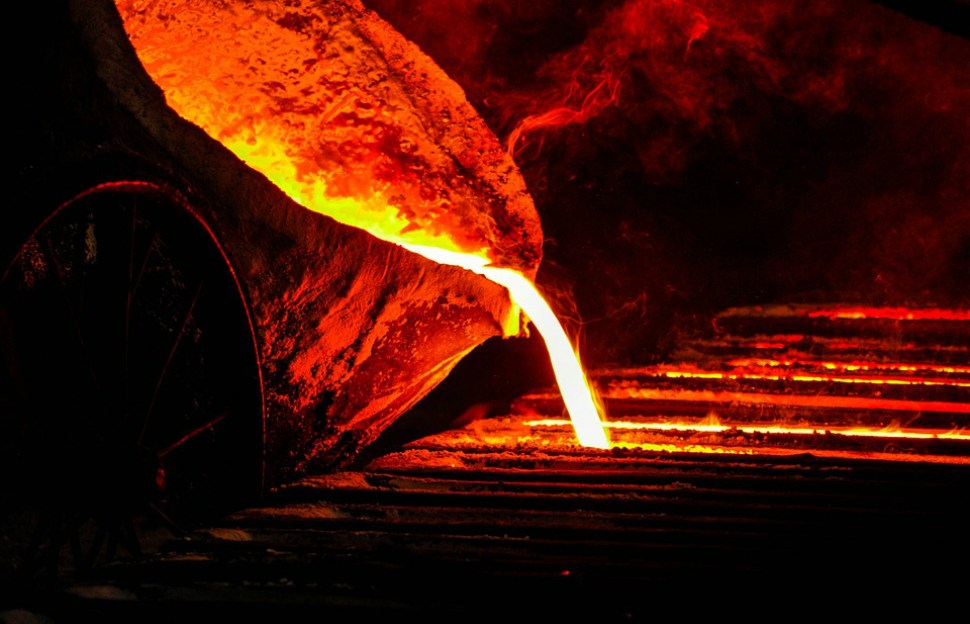John Tolley, January 17, 2017
Nano twins, your days are numbered.
But, what are nano twins, you ask?
Pesky defects that appear in metal alloys, they first arise on a microscopic scale. But heat and wear from use can cause nano twins to grow into crippling deformities. When this happens, parts made from alloys, such as airplane engines, can fail, sometimes catastrophically.
But researchers from The Ohio State University are rethinking how alloys are made, from the atomic level up. By applying tremendous heat and pressure to a precise admixture of elements, the team of materials science engineers is producing alloys that not only withstand rugged conditions, but work more efficiently.
?We found that increasing the concentrations of certain elements in super-alloys inhibits the formation of high-temperature deformation twins,? says project lead Dr. Michael Mills, speaking to Ohio State News, ?thereby significantly improving the alloys? high temperature capabilities.?
Alloy parts that can stand up to extremely high temperatures, when used in turbine engines, greatly increase fuel efficiency while mitigating emissions.
Subjecting two alloys to extreme conditions of over 1,000 degrees Fahrenheit and in excess of 1,000 pounds of pressure, the team was able to study the characteristics of the various elements within. While some diffused away from nano twin deformations, other diffused into them.
?In the first alloy, which was not as strong at high temperature, atoms of cobalt and chromium filled the fault,? says Timothy Smith, a former student at Ohio State and lead author of the study. ?That weakened the area around the fault and allowed it to thicken and become a nano twin.?
But an alloy containing titanium, niobium and tantalum subjected to the same conditions actually grew stronger in and around the tiny defects leading to a more durable structure.
The researchers were able to examine alloys on an atomic level thanks to OSU?s Center for Electron Microscopy and Analysis (CEMAS.) The facility boasts one of North America?s largest collections of electron and ion beam microscopy equipment.
?Research such as this perfectly illustrates the power of CEMAS to help drive discovery in new materials and processes,? says Davis McComb, CEMAS director and a co-author of the study.







 See what's coming up live on B1G+ every day of the season at BigTenPlus.com.
See what's coming up live on B1G+ every day of the season at BigTenPlus.com. 